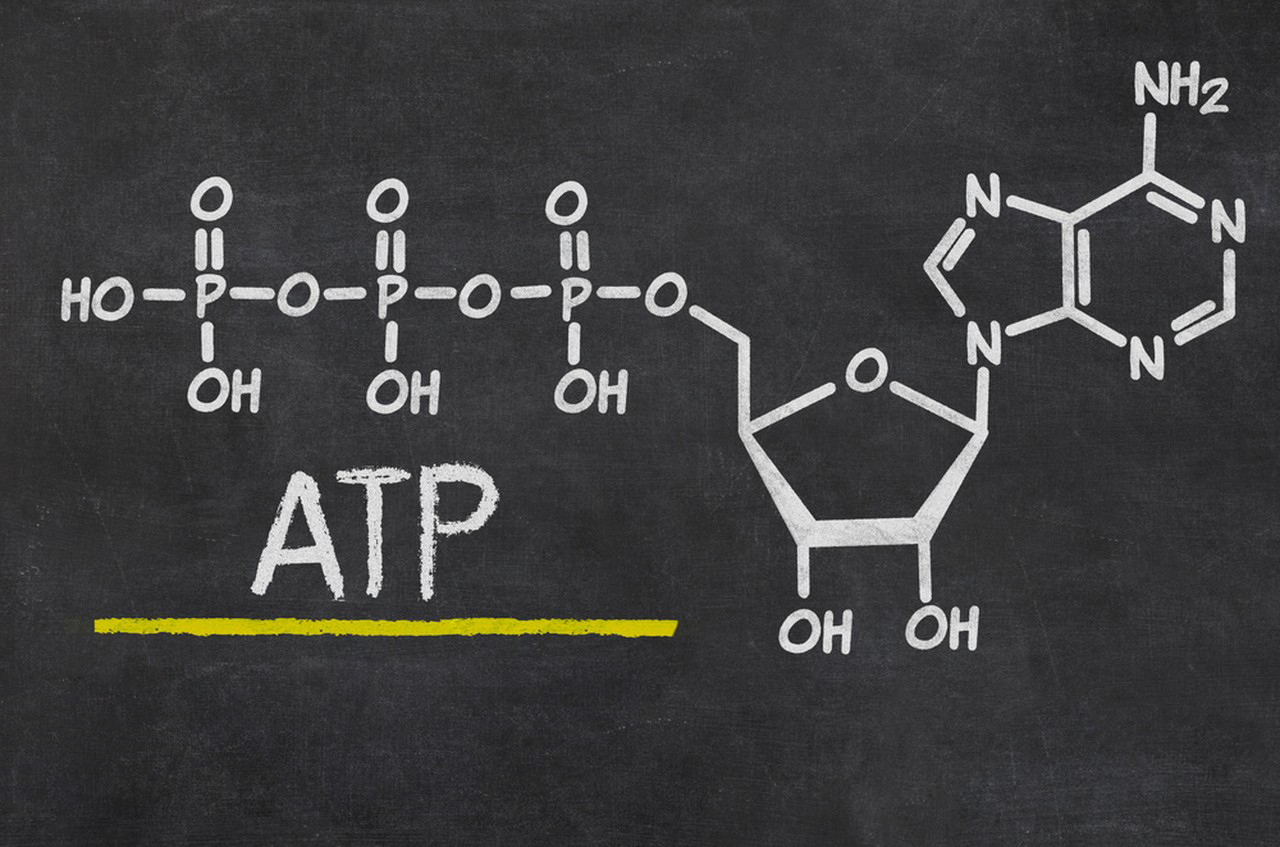Adenosine Triphosphate (ATP) is a crucial molecule in the energy metabolism of living organisms. It serves as the primary energy carrier in cells, providing the necessary energy for various cellular processes. ATP was first discovered in 1929 by German biochemist Karl Lohmann, and its significance in cellular energy transfer was elucidated by Fritz Lipmann in the 1940s.
Properties of Adenosine Triphosphate (ATP):
- Chemical Structure: Adenosine Triphosphate is a nucleotide composed of three main components: a ribose sugar molecule, an adenine base, and three phosphate groups (hence the name “tri”phosphate). The three phosphate groups are attached to the 5′ carbon of the ribose sugar.

- High-Energy Bonds: The bonds between the phosphate groups are considered high-energy bonds, meaning they store a significant amount of potential energy. The hydrolysis of these phosphate bonds releases energy that cells can use for various functions.
- Energy Currency of the Cell: Adenosine Triphosphate acts as a universal energy currency in cells, facilitating energy transfer between energy-releasing (exergonic) and energy-consuming (endergonic) reactions. When energy is required, ATP donates one of its phosphate groups, becoming Adenosine Diphosphate (ADP). This process releases energy that powers cellular functions.
- Regeneration: ATP is not a one-time-use molecule. ADP can be rephosphorylated back to ATP through cellular respiration, which involves the breakdown of glucose or other fuel sources. This continuous cycle of ATP hydrolysis and reformation ensures a steady supply of energy in cells.
- Short-term Energy Storage: Cells generally do not store large amounts of ATP since it is a highly reactive molecule that can quickly release energy. Instead, they rely on continuous ATP synthesis to meet their energy demands.
Function of Adenosine Triphosphate (ATP):
Adenosine Triphosphate is involved in various essential cellular processes, including:
- Muscle Contraction: ATP provides the energy necessary for muscle fibers to contract, enabling movement.
- Active Transport: ATP powers active transport processes across cell membranes, maintaining ion gradients and nutrient uptake.
- Cellular Signaling: Adenosine Triphosphate is involved in cell signaling and acts as an extracellular signaling molecule (purinergic signaling).
- Metabolic Reactions: Many enzyme-catalyzed reactions require ATP to drive them forward, such as biosynthesis and breakdown of molecules.
- Nerve Impulse Transmission: ATP participates in the transmission of nerve impulses.
In summary, Adenosine Triphosphate (ATP) is a vital molecule that plays a central role in cellular energy transfer and facilitates various processes required for the functioning of living organisms. Its ability to store and release energy makes it a fundamental component of life.
